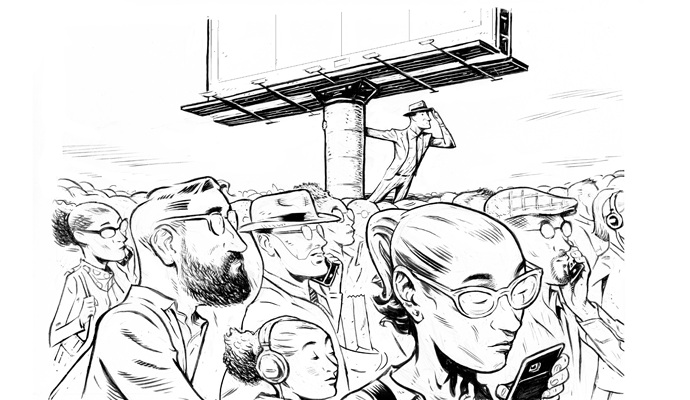When Good Celebrity Endorsers Go Bad, Markets Get Angry (But Not for Long)
What’s the right move when your famous pitchperson takes a public beating?
(originally published by Booz & Company)When Tiger Woods had a mysterious car accident outside his Florida home in 2009, eventually leading to revelations of infidelity, it didn’t take long for many of his sponsors (Accenture, AT&T, Gatorade, and Gillette among them) to drop him as a spokesperson. Meanwhile, others, like Nike and Electronic Arts—who arguably had more invested in him—stood by the famed golfer. Companies that employ celebrity endorsers know such stories well. In recent years, drug-related scandals have cost Olympian Michael Phelps and supermodel Kate Moss endorsement deals, and Nike finally decided to sever its nine-year relationship with cyclist Lance Armstrong’s Livestrong cancer charity in the fallout from his doping travails. For an even more recent example, Home Depot, Walmart, Caesars Entertainment and Smithfield Foods have all just dropped celebrity chef Paula Deen in the wake of her admission that she used racial slurs.
Companies have brands to protect. It’s hardly a surprise they would end (or at least reconsider) their associations with those who threaten to undermine their good names. But is that always a smart decision? With a title cheekily nodding to the juiciest basic-cable exposé, the new paper “When a Celebrity Endorser Is Disgraced: A Twenty-Five-Year Event Study” provides some answers. The authors analyzed 93 celebrity endorser scandals that occurred between 1986 and 2011. And they found clear evidence that companies’ stock returns took a nose dive in the wake of bad news breaking about one of their spokespeople.
But fame is fickle, as they say, and the stock market can be, too. The more media attention the scandal received, and the more prominent the celebrity involved, the more investors punished the firms who were associated with the disgraced star. In a similar vein, stock returns dipped lower for companies who employed a single personality, rather than multiple endorsers, another piece of evidence that exclusivity can be crucial in determining how consumers view celebrity-driven campaigns.
Surely cutting ties with the spokesperson is the answer? Not exactly, the authors found. While stocks dropped most precipitously on the day the scandal hit the headlines, and shortly thereafter, the authors found no corresponding uptick around the dates that a company terminated the disgraced star’s contract.
This suggests investors may see public break-ups between companies and their fallen endorsement stars as little more than a cynical attempt by the company to clean up its image. Interestingly, the authors found that companies were much less likely to cut ties with shamed celebrities who advertised “edgy” products—reasoning that their customers might actually be drawn to personalities who find themselves in the spotlight for the wrong reasons. Sometimes, the old adage “any publicity is good publicity” seems to apply.
Nike deserves special mention. The company spends billions on celebrity endorsement contracts every year, so perhaps it’s not surprising that sponsorship of Nike products dominated the study. Celebrities tied to Nike were involved in 24 of the scandals in the sample, only five of which ended in contract terminations. As with the rest of the companies studied, Nike’s stock took a hit when their endorsers fell out of line.
But there still may be value in Nike’s steadfast support of its roster of celebrity spokespeople. Long-term, many of their stars shine brightly enough to turn the bad PR around. Sticking with Tiger Woods, for example, proved to be a canny move. As this Carnegie Mellon University study shows, the sales of Woods-branded merchandise soared in the six months after his public humiliation. So even if Nike’s stock slipped, the shirts and golf balls kept flying off the shelves.



